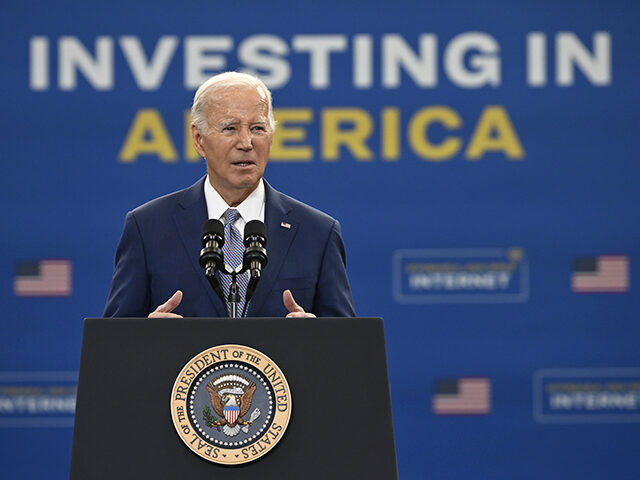The Pandemic Stimulus Never Really Died
The Federal Reserve’s plans to cut interest rates this year have run into a powerful headwind: excessive government spending.
Even though the official stimulus measures adopted during and after the pandemic have largely been retired, spending by the federal government is still extremely elevated relative to historical trends. If spending had returned to the prepandemic trend, the federal government would be spending around $5.8 trillion a year. Instead, we were on an annual pace of more than $7 trillion in the third quarter of 2023 (the latest quarterly data available).

The chart above also reveals something that is very important: spending is no longer declining. After falling in 2021 from the mammoth levels of the previous years, spending hit a bottom and now is climbing higher. So, the economy is adjusting to a new level of federal spending.
According to calculations done by Joe Lavorgna at SMBC Nikko Securities America, there has been a record-large $3.3 trillion in cumulative excess federal spending since 2021.
A chart of total government spending tells an even more striking story. Government outlays have been rising rapidly and well above trend.

Government Spending Is Inflationary
When the government sector spends money, it is largely spent into the private sector. That is, the effect of government spending is to increase demand for private sector goods and services. Since most of the services and goods produced by the government are not substitutes for those produced by the private sector, the effect is to increase private sector demand without directly increasing private sector goods.
In short, government spending creates inflationary pressure.
This is not controversial. When the economy is slumping and private sector demand is falling, standard textbook Keynesian economics recommends increasing government spending in order to stimulate demand and fight off deflation. This is what we did during the pandemic.
Continuing to spend at very high levels when the economic emergency has passed creates an undesirable fiscal impulse that drives up demand and inflation.
“The previous Administration with the help of the Congress shepherded through the CARES Act providing an income support program designed to keep people on shuttered businesses’ payrolls. This helped achieve a rapid V-shaped recovery that began in early Q2 2020. However, federal spending persisted long afterwards even as the economy remained on the mend,” Lavorgna wrote in a recent note to his bank’s clients.
There is a treacherous self-perpetuating aspect of fiscal impulse-driven inflation. The increase in prices of goods and services requires higher levels of nominal spending because the government must raise wages to compete with private sector employers, and it must pay more for goods and services it purchases from the private sector. Some of the increase in spending is required by statutory law mandating cost of living adjustments, and some of it is required by the law of the market, which dictates that the government must bid against the private sector when it is making purchases.
Too Much Growth in Government Payrolls
Government spending is also one of the primary factors keeping the labor market tight. Here is a chart of the employment level of the federal government. What you can see is a massive increase that began in the second half of 2022 and has continued unabated.

It is difficult to tell exactly where these federal workers are employed. We can look at high-level payroll numbers for some parts of government, but finding the functions they are performing is more difficult A good job for Congress would be to discover the sources of this expansion.
What are all these new government employees doing? How many of them are employed in pursuing leftwing policy agendas, such as processing border crossers, enforcing Diversity Equity and Inclusion (DEI) mandates, and doling out climate change subsidies?
Those on the government payrolls are not producing goods and services purchased by consumers. But they are themselves consumers of the goods and services produced by the private sector. So, they add inflationary pressure to the economy and stimulate things like retail spending and consumer expenditures.
The increase in government employment is actually worse than that. It is decreasing the productive capacity of the private sector because it is taking workers that would otherwise be employed in producing goods and services that could be purchased by consumers. This is not a problem when the economy has lots of under-utilized capacity—for example, when unemployment is high—but it is a big problem when the economy is operating at or near potential.
The Federal Reserve’s efforts to rebalance supply and demand is being offset by the government’s excessive spending. This means that a recession is unlikely in the year to come, but it also means that inflation is likely to prove stickier than expected.

COMMENTS
Please let us know if you're having issues with commenting.